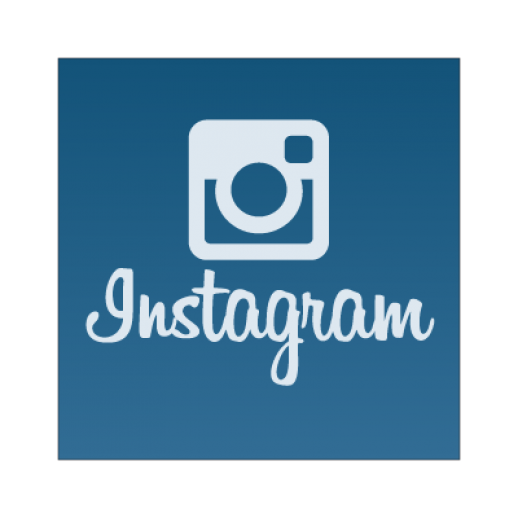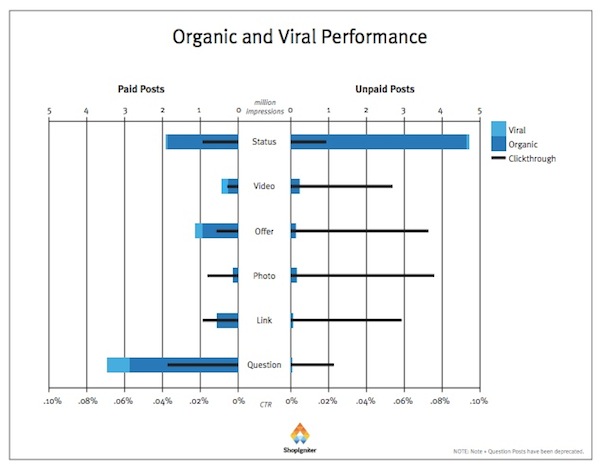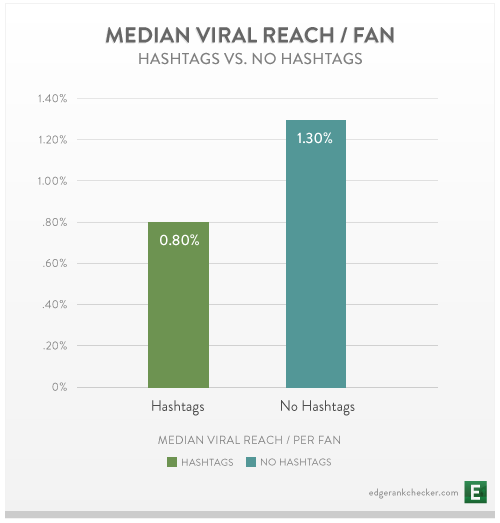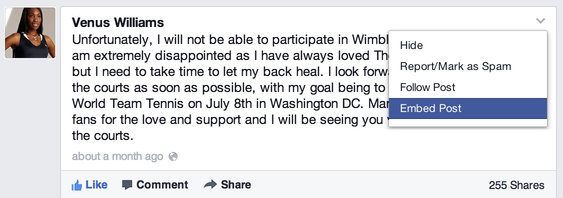Facebook announced yesterday via Facebook for Business News that they have created a new platform which will allow advertiser to create ads and influence their impact more easily, as Kelsey Jones reported.
The news release said that Facebook has received feedback from advertisers wanting to create ads based on their overall goal or objective, not just the type of ads that would be displayed. The company identified eight objectives as being crucial for business advertisers, specifically:
- Clicks to Website
- Website Conversions
- Page Post Engagement
- Page Likes
- App Installs
- App Engagement
- In-Store Offer Claims
- Event Responses
To help advertisers meet their goals and create advertisements more based on what they want to accomplish, they released the new platform, which will help advertisers decide how they want to best serve their advertisements. Foe example, an ad viewed on a smartphone can be set so that the users are directed to the company’s mobile site, rather than a non-optimized full desktop site.
Advertisers can also see how their ads are performing based on the objective they chose when creating a campaign. If your focus is website conversion, the highlighted metrics will reflect that. This way there is less confusion and advertisers have easy access to what they consider to be the most important metric for their efforts.
The options will be available via the Ad Create tool, the Power Editor, and the API. It will be a gradual rollout, which may take weeks, but will eventually be available to all advertisers.

 Many considered it only a matter of time before advertising would find its way onto Instagram, since Facebook purchased the app. However it took much longer than most expected. Instagram has remained ad-less until now, but over the next few months you will finally see that change. Instagram
Many considered it only a matter of time before advertising would find its way onto Instagram, since Facebook purchased the app. However it took much longer than most expected. Instagram has remained ad-less until now, but over the next few months you will finally see that change. Instagram 






